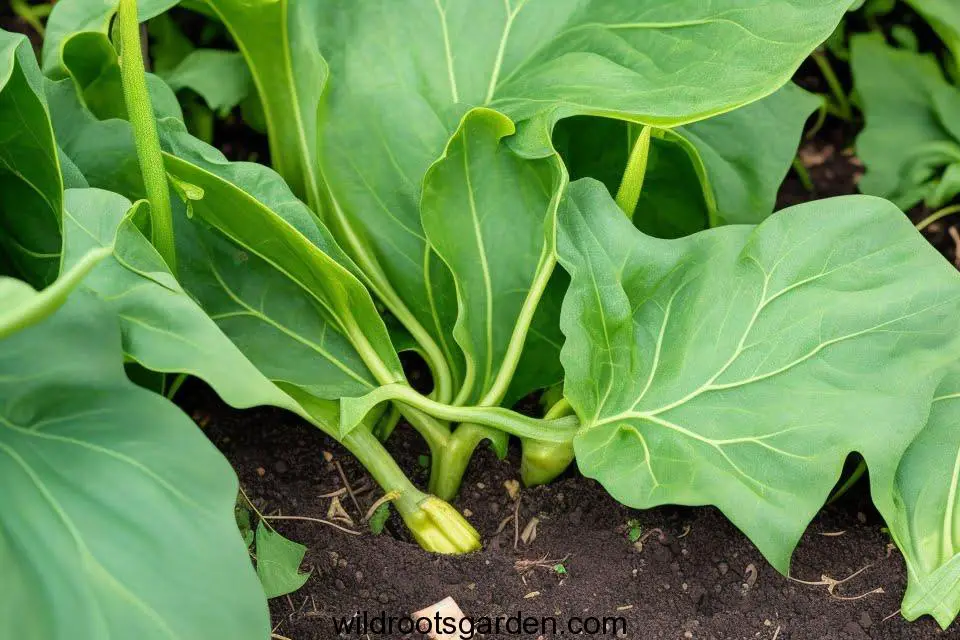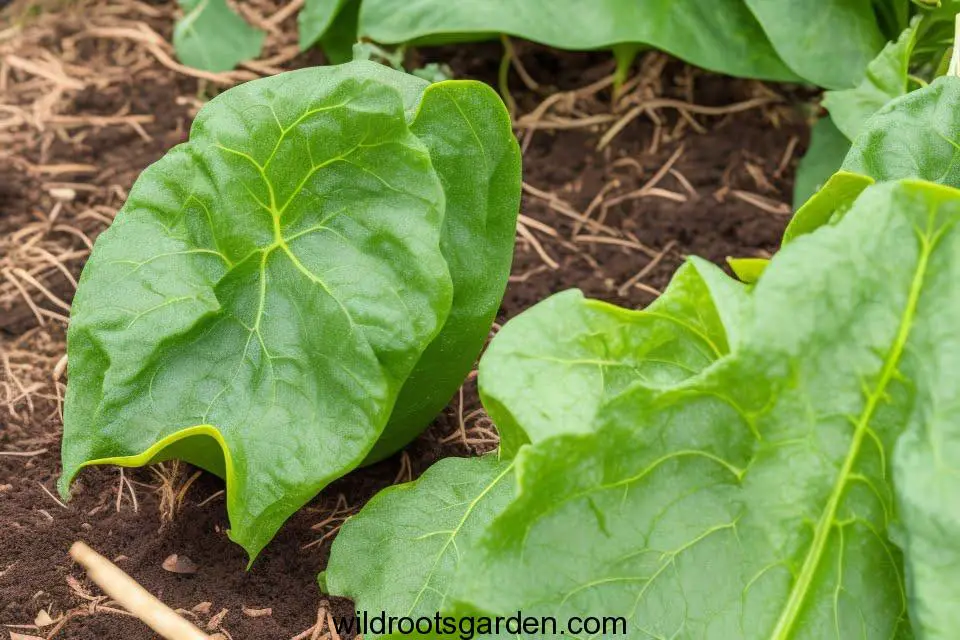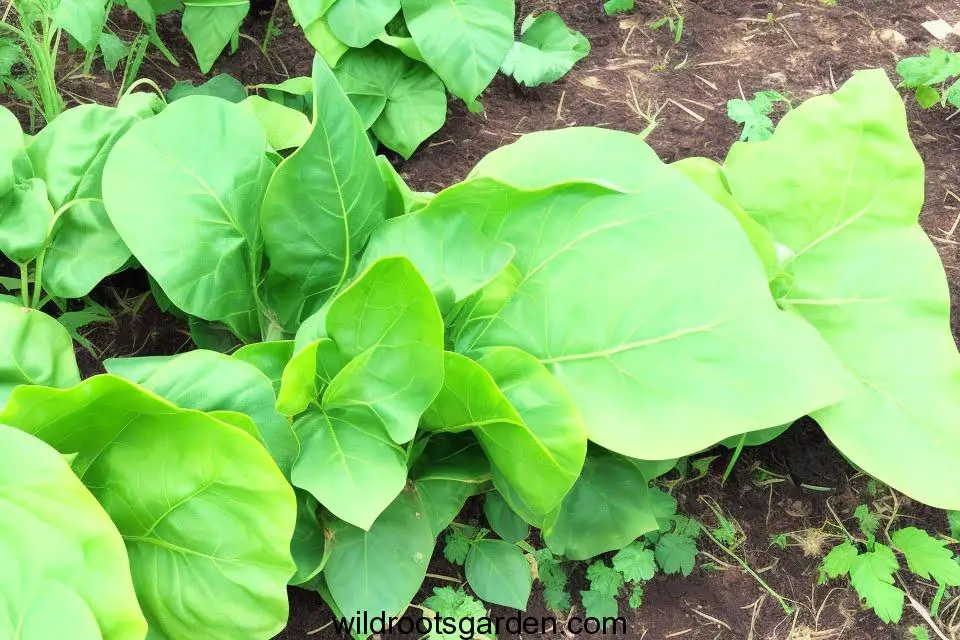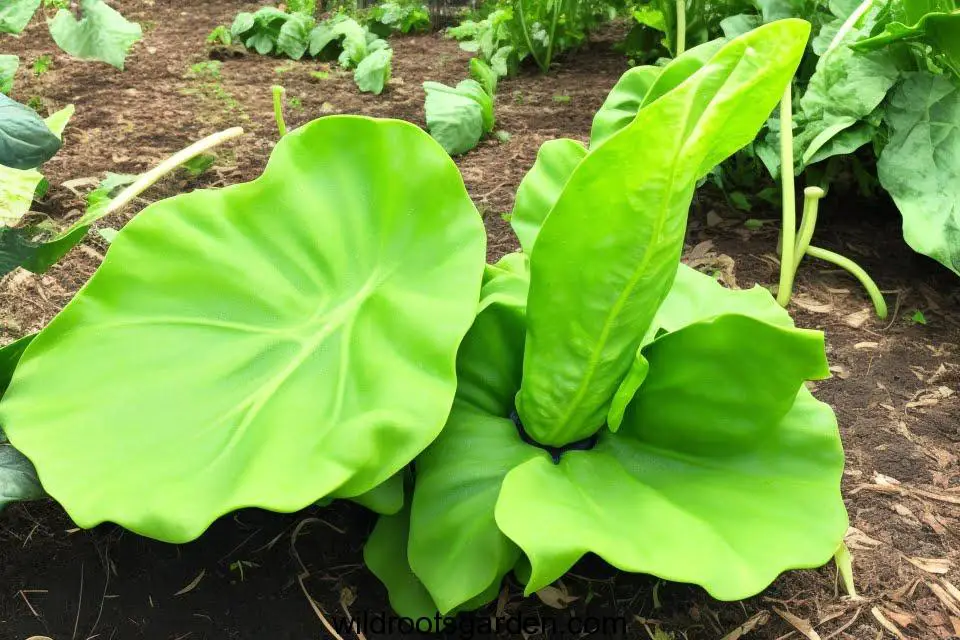Introduction
Zucchini leaves turning brown!
Welcome to our in-depth guide to solving zucchini growing issues. We know how frustrating it may be when your zucchini plants have problems because we are also keen gardeners. In order to assist you produce a plentiful harvest, we will address frequent problems experienced by zucchini gardeners in this post and offer practical answers. Whether you’re a novice or a seasoned gardener, this book will arm you with the information and methods need to get beyond any challenges that may come up when raising your zucchini plants.
#1

Bacterial Wilt: Causes and Solutions
Understanding Bacterial Wilt
A well-known issue that affects zucchini plants and results in drooping, slowed development, and ultimately death is bacterial wilt. Erwinia tracheiphila, a bacteria spread by cucumber beetles, is the main cause of it. Bacterial wilt is caused when these beetles feed on sick plants because they pick up the bacteria and disseminate it to healthy plants.
Preventive Measures
It is crucial to take preventive action to avoid bacterial wilt. Start by choosing zucchini cultivars that are resistant to disease and less prone to bacterial wilt, such as “Ambassador” or “Dunja.” Also, maintaining a clean garden by getting rid of weeds and plant waste will assist remove cucumber beetle overwintering locations.
#2

Effective Solutions
There are a few methods you may use to lessen the harm if your zucchini plants have already been harmed by bacterial wilt. To stop the infection from spreading, remove and destroy diseased plants as soon as possible. In order to ensure that no remnants of the infected plant exist, it is imperative to complete this process completely. Second, think about utilizing row covers to shield your plants from cucumber beetles and lessen the possibility of spreading bacterial wilt. The disease cycle can also be broken by using crop rotation, which involves planting zucchini in a different location every year.
Insufficient Watering: Symptoms and Remedies
Identifying Insufficient Watering
Watering zucchini plants insufficiently can cause a variety of issues, such as wilting, subpar fruit production, and increased susceptibility to illnesses. Recognizing the signs of insufficient watering is essential for timely problem solving. Drooping leaves, dry soil, and a decrease in plant vitality are typical symptoms.
#3

Watering Best Practices
It’s crucial to use the right watering techniques to make sure your zucchini plants are receiving the most possible hydration. Consistent watering is necessary for zucchini plants, especially in hot and dry weather. As it promotes deeper root growth, a thorough watering once or twice a week is better than frequent superficial watering. Moreover, mulching the area around the plant’s base can assist the soil retain moisture, requiring less regular watering.
Overcoming Watering Challenges
There are other strategies you might use if you’re dealing with water issues, like water scarcity or time limits. Water waste can be decreased by using soaker hoses or drip irrigation systems, which offer a controlled and effective way to water. Consider putting rain barrels as well so that rainfall may be captured, stored, and later utilized to irrigate your zucchini plants when needed.
Nutrient Deficiencies: Identification and Solutions
Recognizing Nutrient Deficiencies
Symptoms of nutrient deficits in zucchini plants can include yellowing leaves, slowed growth, and underdeveloped fruits. For the right corrective actions to be taken, it is essential to recognize these flaws.
Soil Testing and Fertilization
An accurate technique to identify nutrient deficits is to conduct a soil test. You can modify the pH of the soil and add more nutrients to it based on the test findings. An organic, balanced fertilizer with a higher nitrogen (N) content is frequently advantageous for encouraging healthy foliage growth in zucchini plants.
Organic Amendments
Organic additives can assist increase soil fertility and nutrient availability in addition to synthetic fertilizers. Before planting, the soil can be improved with compost, well-rotted manure, and organic matter to add critical nutrients and improve soil health.
Common Pest Control Measures
Pest Identification
Accurate pest identification is the first step in effective pest management. You can spot common pests like aphids, squash bugs, and vine borers by keeping a close eye on your zucchini plants. Frequent inspections enable early intervention, halting the spread of destructive pest populations.
Natural Predators and Barriers
Without using chemicals, encouraging natural predators like ladybugs and lacewings can aid in the management of pest populations. Companion planting can also serve as a natural repellant or draw beneficial insects that feed on pests, such as marigolds or basil. Moreover, physical barriers that nevertheless permit air and sunshine to reach your zucchini plants include floating row covers and netting.
Conclusion
In conclusion, this thorough guide has offered insightful advice and practical fixes for typical zucchini-growing issues. You may overcome bacterial wilt, deal with watering issues, fight nutrient deficits, and successfully manage pests in your zucchini crop by putting the tips in this article into practice. Be sure to customize these methods to your own situation and exercise constant vigilance in order to keep your zucchini plants healthy and productive. Enjoy your garden!

